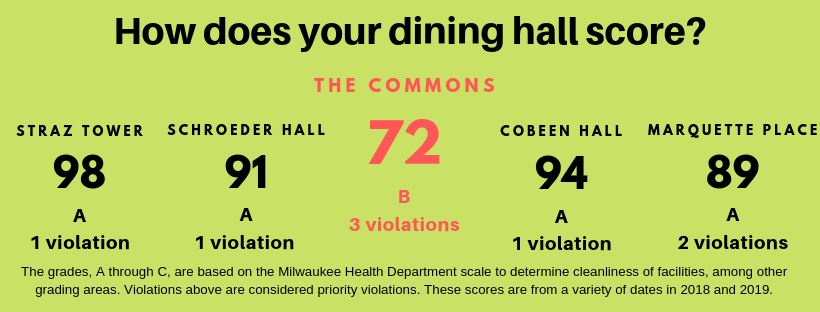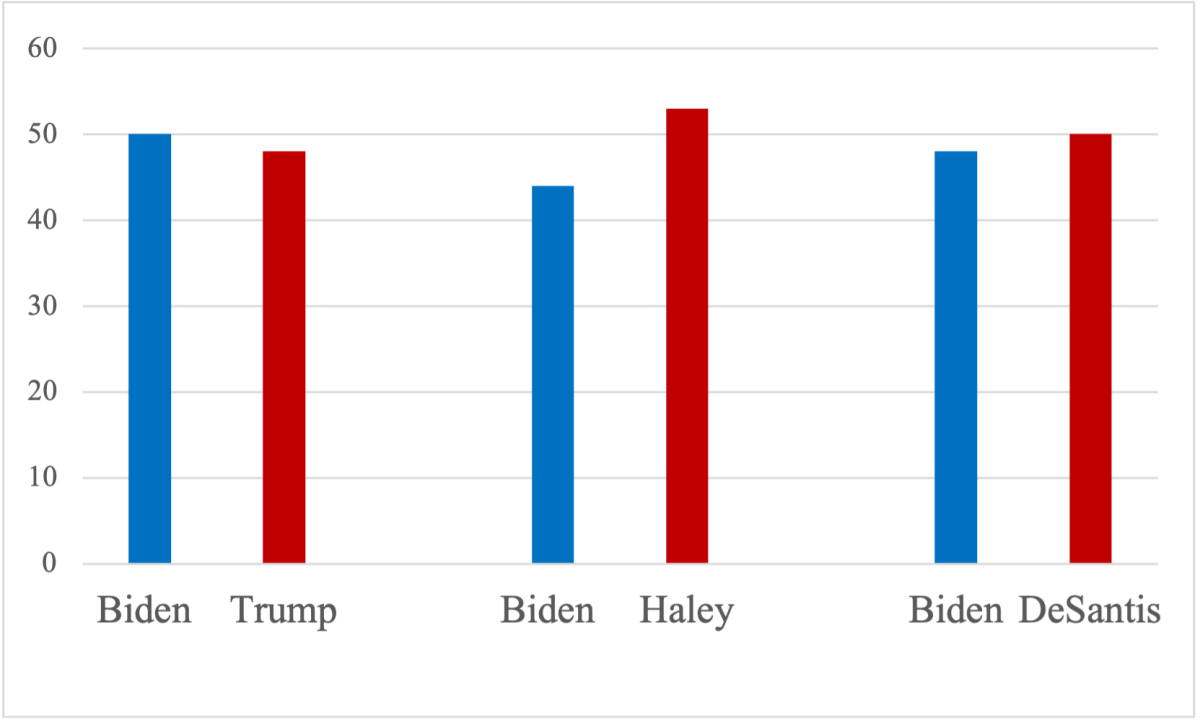Medical students may be getting higher grades than they deserve because of grade inflation, according to a study published in the medical journal Taylor and Francis in January.
Sara Fazio, lead author of the study and an associate professor at Harvard Medical School, said the findings weren’t very surprising to her and her colleagues.
The study was a nationwide survey of medical school clerkship directors, who are primarily responsible for determining the medical students’ grades. Fazio said a follow-up study of detailed grade distribution in all American and some Canadian schools is in the process of being analyzed.
Fazio said she found the standard of grading across the medical community shocking.
“We were struck by how poorly standardized and subjective grading was in the clerkship, and how increasingly more and more students were receiving grades in the highest category, and very few in the lowest, leading essentially in many schools to a ‘two-grade’ system,” Fazio said in an email.
Fazio said the results were similar to a 10-year-old study performed by Alice Speer, a doctor in the department of internal medicine at the University of Texas Medical Branch. This study also used a nationwide survey.
Fazio’s study found that 38 percent of students who passed an internal medicine clerkship should have failed, while Speer’s study found that 43 percent passed. Fazio’s study also found that 55 percent of clerkship directors reported grade inflation happened at their institution. Speer’s study found that 48 percent reported inflation.
A clerkship is the last formal training before residencies during the third and forth years of medical school.
Kenneth B. Simons, a professor at the Medical College of Wisconsin and the associate dean for graduate medical education and accreditation, said the study is a fairly accurate reflection of how clerkship directors across the country feel.
Simons said the fundamental problem is that clerkship directors do not want to hurt students’ chance at a residency.
“It’s very difficult to communicate (poor grades), and I think we need to do it as educators,” Simons said. “We need to give people the grades they actually earned, because at the end of the day it’s the student who earned or didn’t earn the grade.”
Simons said the primary way to bring down the rate of inflation in medical schools would take a cultural shift in the medical school community.
“Medical educators need to take greater responsibility for the fact that our graduates will be taking care of the public,” Simons said. “If we keep that in the forefront instead of thinking of the student as our client, and we think about what we are trying to help them do down the road and we make that our focus, we have a greater chance to diminish grade inflation.”
Fazio agreed and added that uniformity in the grading scale would work to eliminate inflation.
“Several of us in the organization have discussed the need to adopt some uniformity of standards across institutions, since students train at one medical school but may go to a residency training program anywhere else in the country,” Fazio said.
Fazio said she was very troubled by the lack of change in grading over the decade she studied.
This study should not discourage personal faith in doctors-to-be, Fazio said. If anything, patients should have more faith in future doctors because of the amount of training they go through.
“They are an incredibly talented and driven group of young people who make us very proud to work with them,” Fazio said. “It does point out the notion, however, that we need to have a better system of assessment that accurately reflects abilities and a better means of remediation for those few students who do need it.”









